Fertilizer Price Update
Author
Published
3/17/2023
In 2022, a variety of factors including the Russia invasion of Ukraine and inflation moved natural gas prices higher than they had been in over 10 years. Natural gas is a major input in the production of many commercial fertilizers. As a results, increases in natural gas prices prices also drove up prices of major fertilizers (Figure 1).
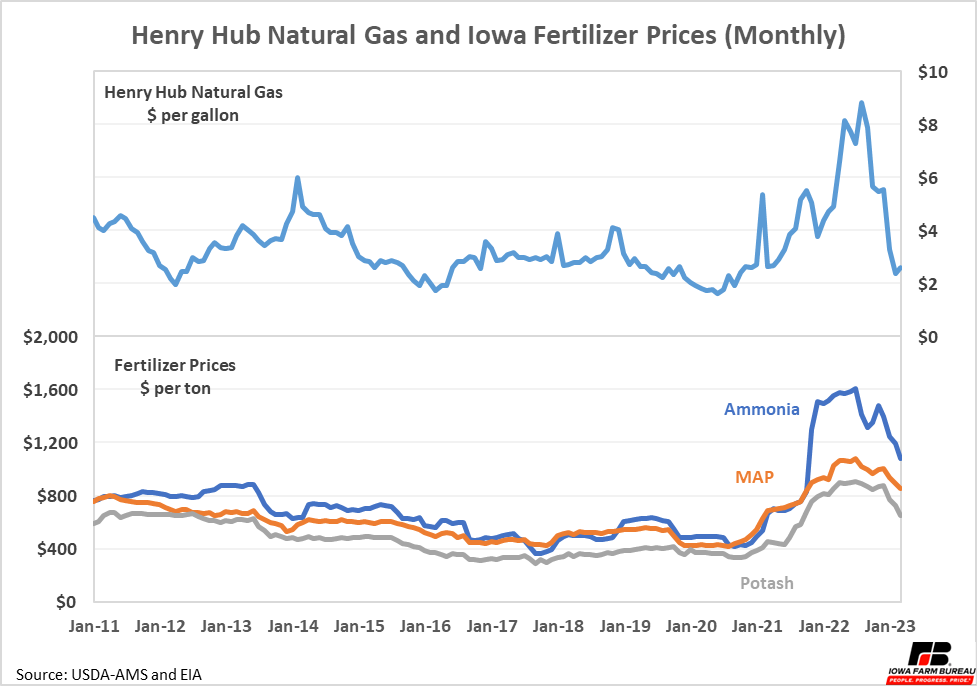
Figure 1. Henry Hub Natural Gas and Iowa Fertilizer Prices
The average monthly natural gas price peaked in August 2022 while the fertilizers outlined in Figure 1 included above peaked a month earlier in July 2022. Despite Russia dramatically reducing its exports of natural gas, natural gas and fertilizers prices have been trending down since the end of last summer.
However, the decline of fertilizer prices has been slower than the decline of natural gas prices. Figure 2 shows both natural gas and fertilizer prices indexed to July 2022, when fertilizer prices recently peaked. Since July 2022, natural gas prices have fallen over 60%. However, fertilizer prices have only fallen 20 to 40%. Furthermore, most of these decreases did not begin to occur until January 2023.
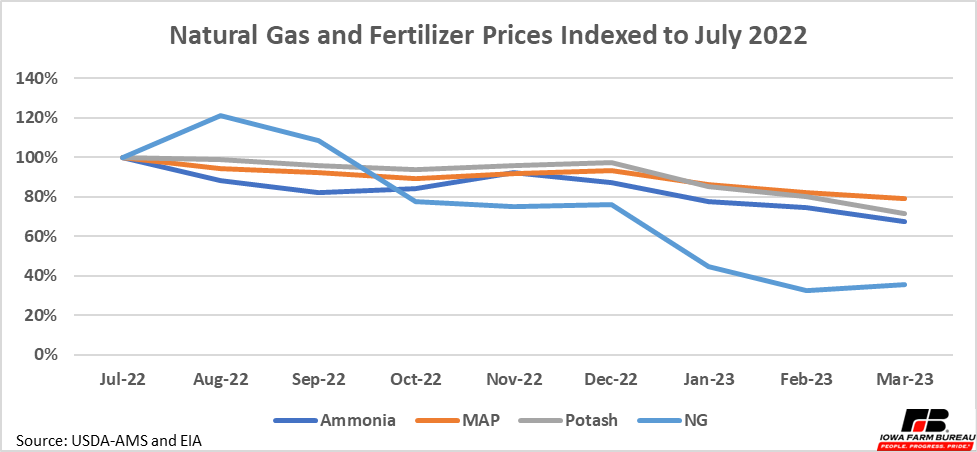
Figure 2. Natural Gas and Fertilizer Prices Indexed to July 2022
While fertilizer prices have been falling, these declines might be coming too late for some farmers to take advantage for this year’s crop. Some fertilizer is applied in the fall following harvest. This fertilizer is already applied and paid for so a price decline now will not help the bottom line during this growing season. Additionally, many of the farmers who apply their fertilizer in the spring or after planting order, price, and pre-pay for their fertilizer months in advance. Cobank notes that by November 2022, most farmers had prepaid for a large portion of their 2023 fertilizer.
While early purchases of fertilizer did not pay off this year, that is not always the case. Figure 3, Figure 4, and Figure 5 show changes in fertilizer prices relative to August for each growing year from 2012 to 2023. From 2012 to 2022, on average every fertilizer below is more expensive in the spring that it was in the fall prior to planting. Additionally, note how 2021 and 2022 both had large increases in price from the fall to the spring. While there are several years where price fell modestly from autumn to springtime, there are no years where prices fell as much as they rose in 2021 or 2022 for any of the fertilizers. In recent years there has been more risk of large price increase from fall to spring than for large price decreases. This makes early purchasing of fertilizer an attractive option.
In additional to mitigating risk of large price increases, pricing fertilizer early also ensures desired products are available when needed and if used in combination with various crop marketing strategies producers can look in both inputs costs and sales prior to the growing year, in an effort to mitigate profit variability. Even though purchasing fertilizer early may not have been beneficial this year, it still appears to be a favorable strategy to control costs looking at historical data.
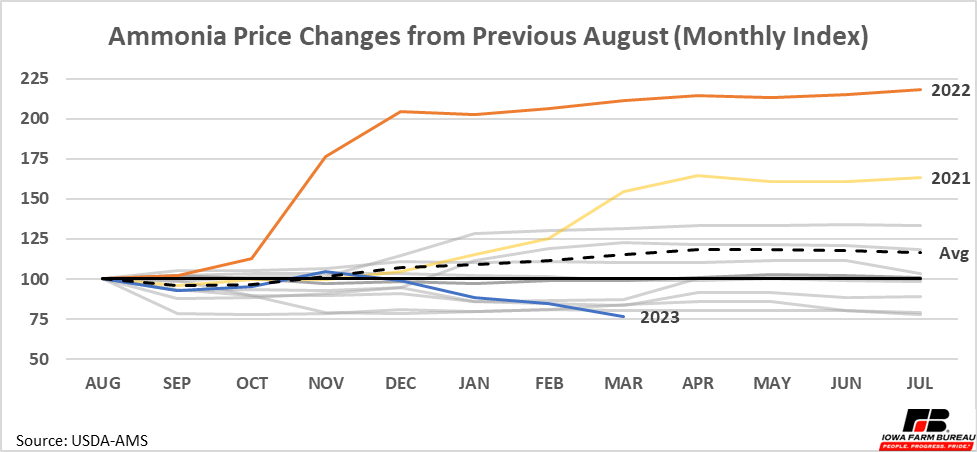
Figure 3. Ammonia Price Changes Previous from August (Monthly Index)
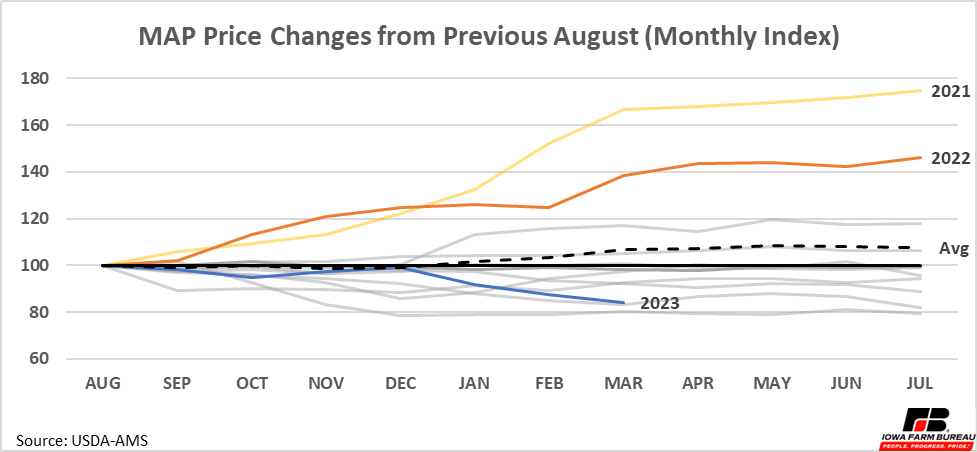
Figure 4. MAP Price Changes from Previous August (Monthly Index
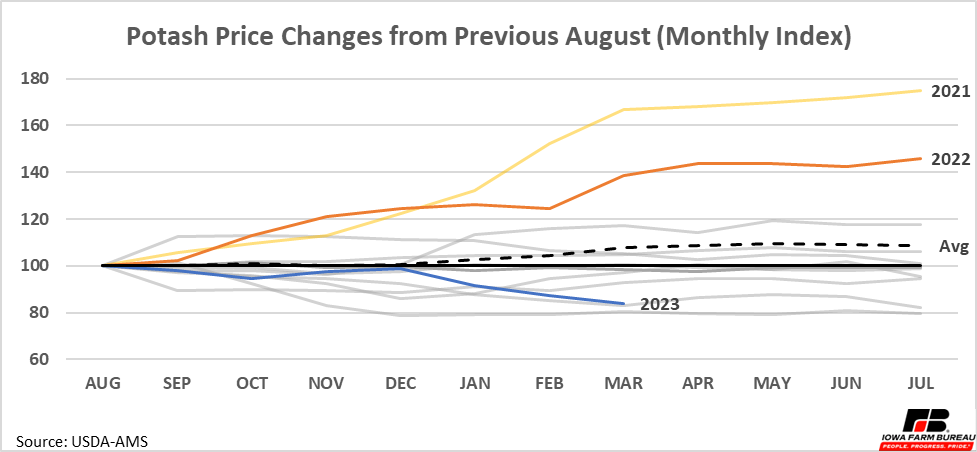
Figure 5. Potash Price Changes from Previous August (Monthly Index)
Conclusions
Fertilizer costs have fallen since last fall. This may only be particularly beneficial to farmers for the upcoming growing season as many farmers price or purchase their fertilizer in the preceding fall. Despite fertilizer prices falling from last fall to spring this year, previous years have shown large price increases from the fall to the spring that still make pricing fertilizer early an attractive strategy if it is an option.
Want more news on this topic? Farm Bureau members may subscribe for a free email news service, featuring the farm and rural topics that interest them most!